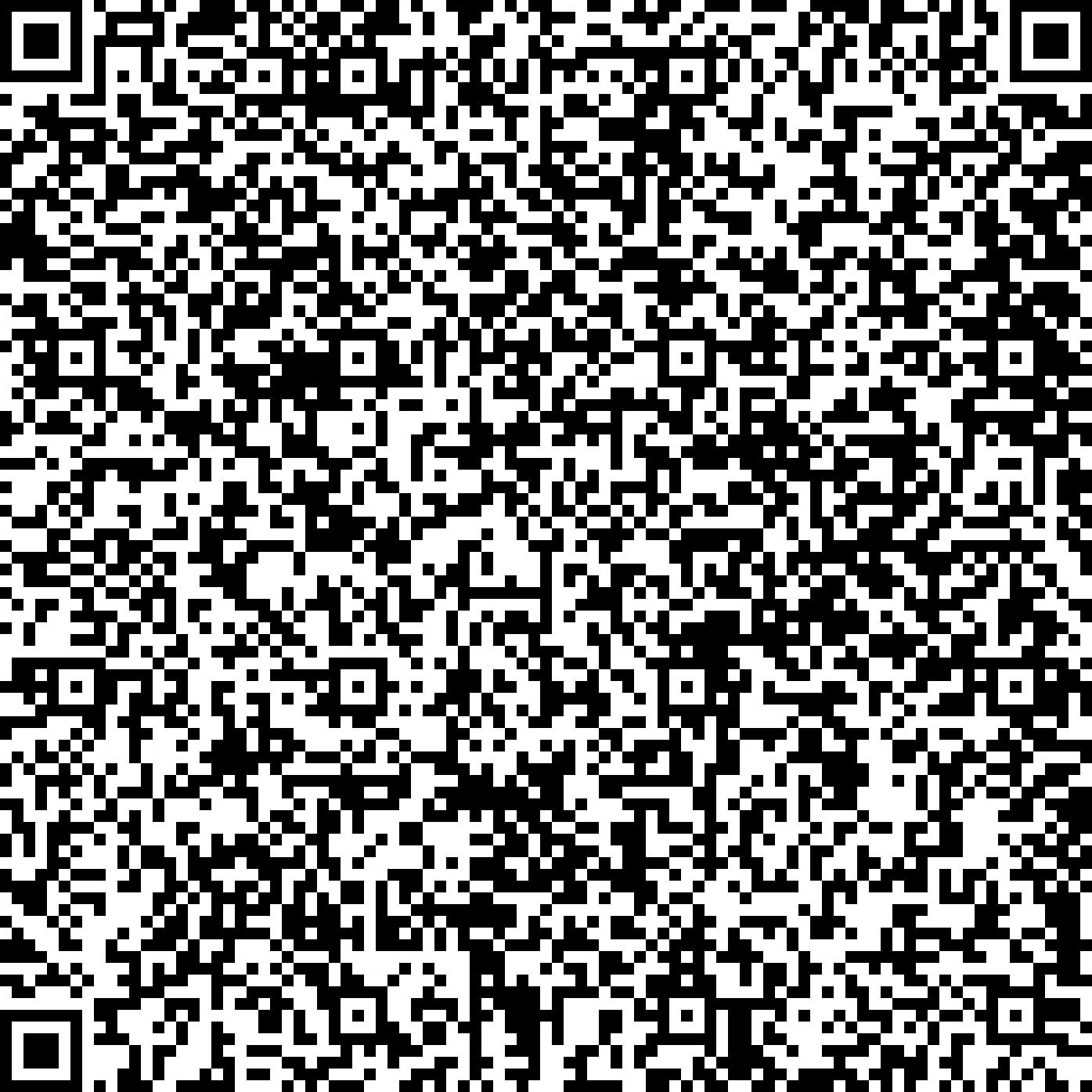

The fields of nanoscience and nanotechnology have promised new materials and new functions based on the principle that novel properties can emerge at particular lengthscales of materials. In parallel to the developments of this new technology there has been a concerted effort to consider the potential health risks of new these new materials which are believed to bring new novel functions. One thing that has become clear from the last decade is that the traditional approaches to determine potential hazards and to assess potential risks from chemicals may not be sufficient to cover nanomaterials. One aspect of nanomaterials interactions with biological systems is that they can interact with the biomolecular surroundings and that adsorbed proteins layers, which have been termed protein coronas, can alter the extent to which specific nanomaterials can cause toxicity. This talk will cover the formation of protein coronas from the host microenvironment as well as the development of specific tools to characterize the weakly interacting proteins of the protein corona and their role in modulating toxicity.
Duncan Sutherland earned his BSc (1991) and PhD (1995) in Physics (Biomaterials Science) from the University of Bristol, receiving the Raychem Prize. He carried out post-doc periods at Chalmers in Sweden and remained to earn his Docent. In 2006 he moved his group to Aarhus University in Denmark where he is currently Professor of Biointerfaces at the Interdiscipinary Nanoscience Center (iNANO) in the Faculty of Natural Sciences. His research interests cover fundamentals and applications of nanoscience and technology in materials and life sciences. Particular directions include biointerfaces, nanooptics, sensors, cell signaling, nanotoxicology and public engagement and education in science.


The fields of nanoscience and nanotechnology have promised new materials and new functions based on the principle that novel properties can emerge at particular lengthscales of materials. In parallel to the developments of this new technology there has been a concerted effort to consider the potential health risks of new these new materials which are believed to bring new novel functions. One thing that has become clear from the last decade is that the traditional approaches to determine potential hazards and to assess potential risks from chemicals may not be sufficient to cover nanomaterials. One aspect of nanomaterials interactions with biological systems is that they can interact with the biomolecular surroundings and that adsorbed proteins layers, which have been termed protein coronas, can alter the extent to which specific nanomaterials can cause toxicity. This talk will cover the formation of protein coronas from the host microenvironment as well as the development of specific tools to characterize the weakly interacting proteins of the protein corona and their role in modulating toxicity.
Duncan Sutherland earned his BSc (1991) and PhD (1995) in Physics (Biomaterials Science) from the University of Bristol, receiving the Raychem Prize. He carried out post-doc periods at Chalmers in Sweden and remained to earn his Docent. In 2006 he moved his group to Aarhus University in Denmark where he is currently Professor of Biointerfaces at the Interdiscipinary Nanoscience Center (iNANO) in the Faculty of Natural Sciences. His research interests cover fundamentals and applications of nanoscience and technology in materials and life sciences. Particular directions include biointerfaces, nanooptics, sensors, cell signaling, nanotoxicology and public engagement and education in science.